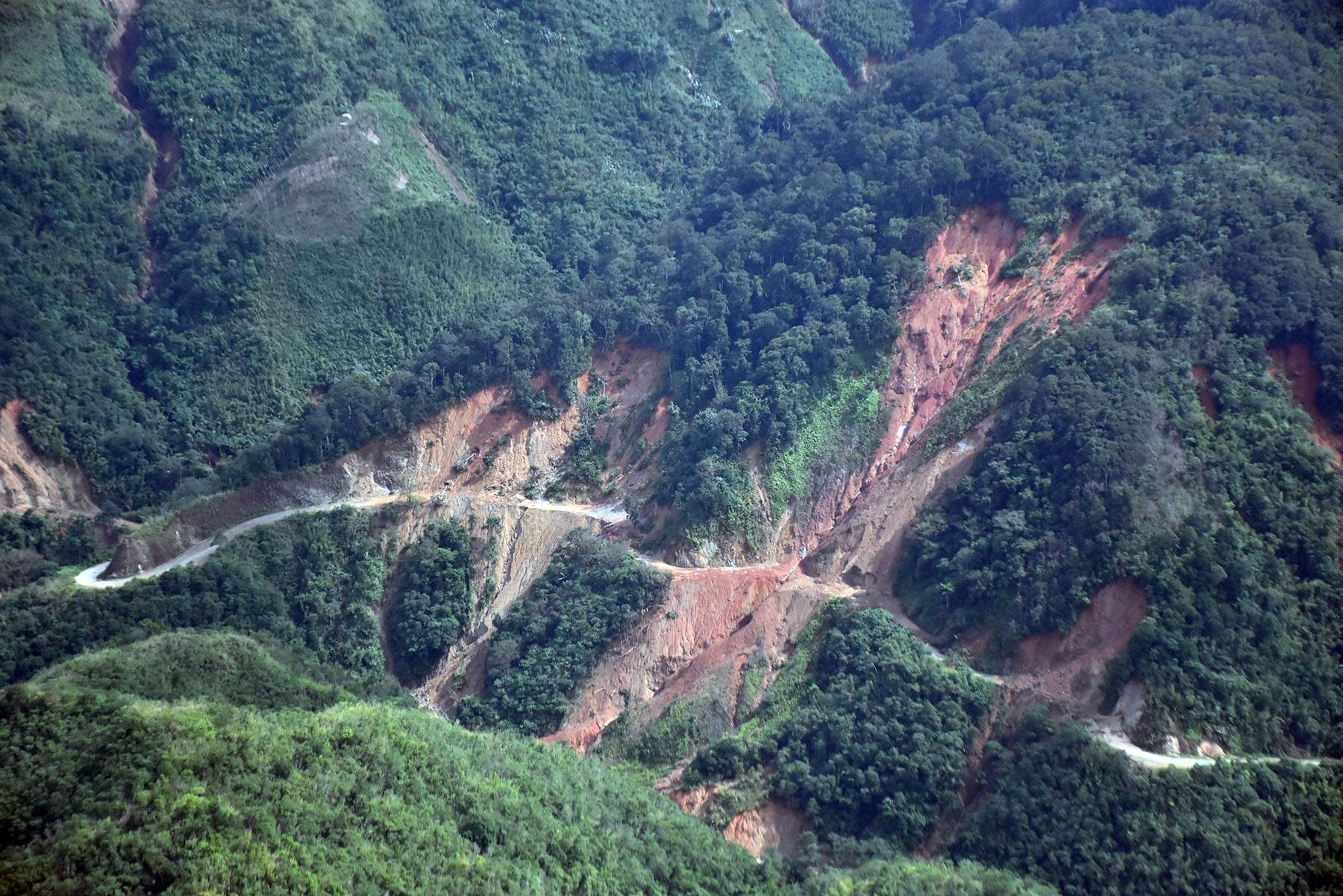Apayao takes lead in sustainable development
Province secures UNESCO Biosphere Reserve title
By Mat Richter
Biosphere reserves revolve around three main functions: conservation, economic development, and logistic support. They serve as "learning places for sustainable development," and each site seeks to promote solutions for conserving biodiversity.
Apayao became the Philippines' fourth biosphere reserve declared by the United Nations Educational, Scientific, and Cultural Organization (UNESCO) following Puerto Galera in Oriental Mindoro, Palawan, and Albay.
The province as the “last frontier of Cordillera” is now tagged as a “science for sustainability support site.”
It was announced on July 5, 2024, during the 36th session of the International Coordinating Council of the Man and Biosphere Program in Agadir, Morocco, making the province a protected area for biodiversity conservation.

Provincial tourism officer Rebecca Mamba said more tourists would be drawn to the province, which is home to rich flora and fauna and, ultimately, the critically endangered Philippine eagle.
"Together, we strive for our shared mission and responsibility to save and nurture what is left of our natural resources, thereby saving globally endangered species like the majestic Philippine eagle from extinction and protecting our planet from the brink of distinction,” said Apayao Governor Elias Bulut Jr.
Since the first sighting of the national bird in April 2015, the Philippine Eagle Foundation has been working with the local government to study nesting sites in Calanasan. It was 2018 when Cordillera’s last frontier started aiming for the UNESCO inscription.
The UN agency stated that Apayao’s biosphere reserve has two regions: the Upper Apayao’s “rugged terrain with towering peaks, plateaus, and valleys” and the Lower Apayao’s “flatlands adorned with rolling hills and plateaus.”
Meanwhile, tourism chief Secretary Christina Frasco hailed the province's UNESCO recognition, highlighting that it is a testament to its ecological importance and conservation efforts.
“The Department of Tourism looks forward to collaborating with local stakeholders to further elevate sustainable tourism practices and promote the beauty of Apayao and the entire Philippines on the global stage,” she said.